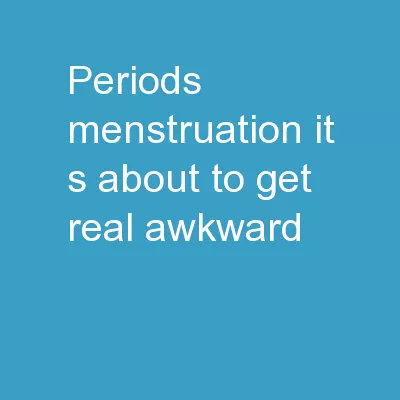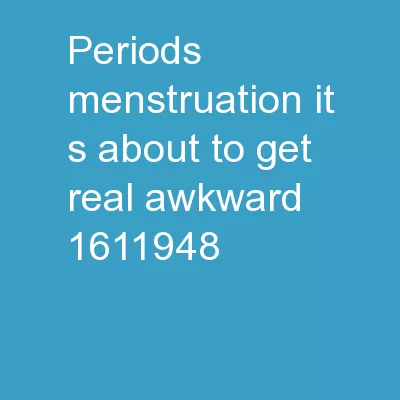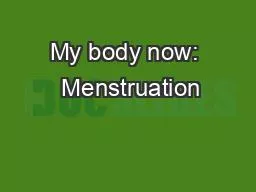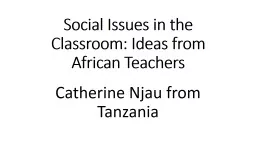PDF-1 Jackie Kirk and Marni Sommer Menstruation and body awareness linki
Author : badra | Published Date : 2022-08-31
2 women and girls Even medical and other health care textbooks tend to utilize negative metaphors for both menstruation and menopause Houppert 2000 Martin 1998 There
Presentation Embed Code
Download Presentation
Download Presentation The PPT/PDF document "1 Jackie Kirk and Marni Sommer Menstrua..." is the property of its rightful owner. Permission is granted to download and print the materials on this website for personal, non-commercial use only, and to display it on your personal computer provided you do not modify the materials and that you retain all copyright notices contained in the materials. By downloading content from our website, you accept the terms of this agreement.
1 Jackie Kirk and Marni Sommer Menstruation and body awareness linki: Transcript
Download Rules Of Document
"1 Jackie Kirk and Marni Sommer Menstruation and body awareness linki"The content belongs to its owner. You may download and print it for personal use, without modification, and keep all copyright notices. By downloading, you agree to these terms.
Related Documents














